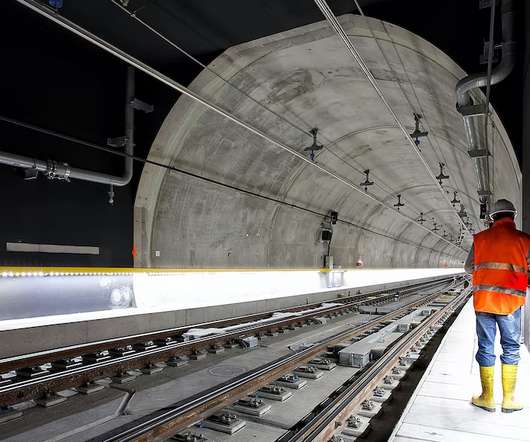Data Pipeline- Definition, Architecture, Examples, and Use Cases
ProjectPro
DECEMBER 7, 2021
Generally, data pipelines are created to store data in a data warehouse or data lake or provide information directly to the machine learning model development. Keeping data in data warehouses or data lakes helps companies centralize the data for several data-driven initiatives.











Let's personalize your content